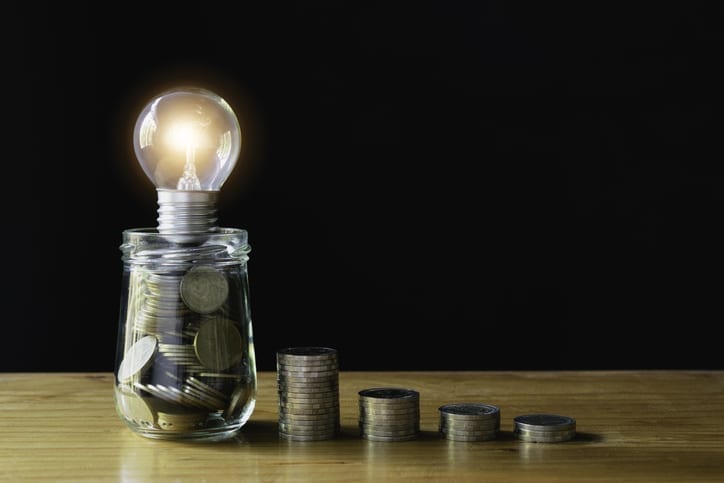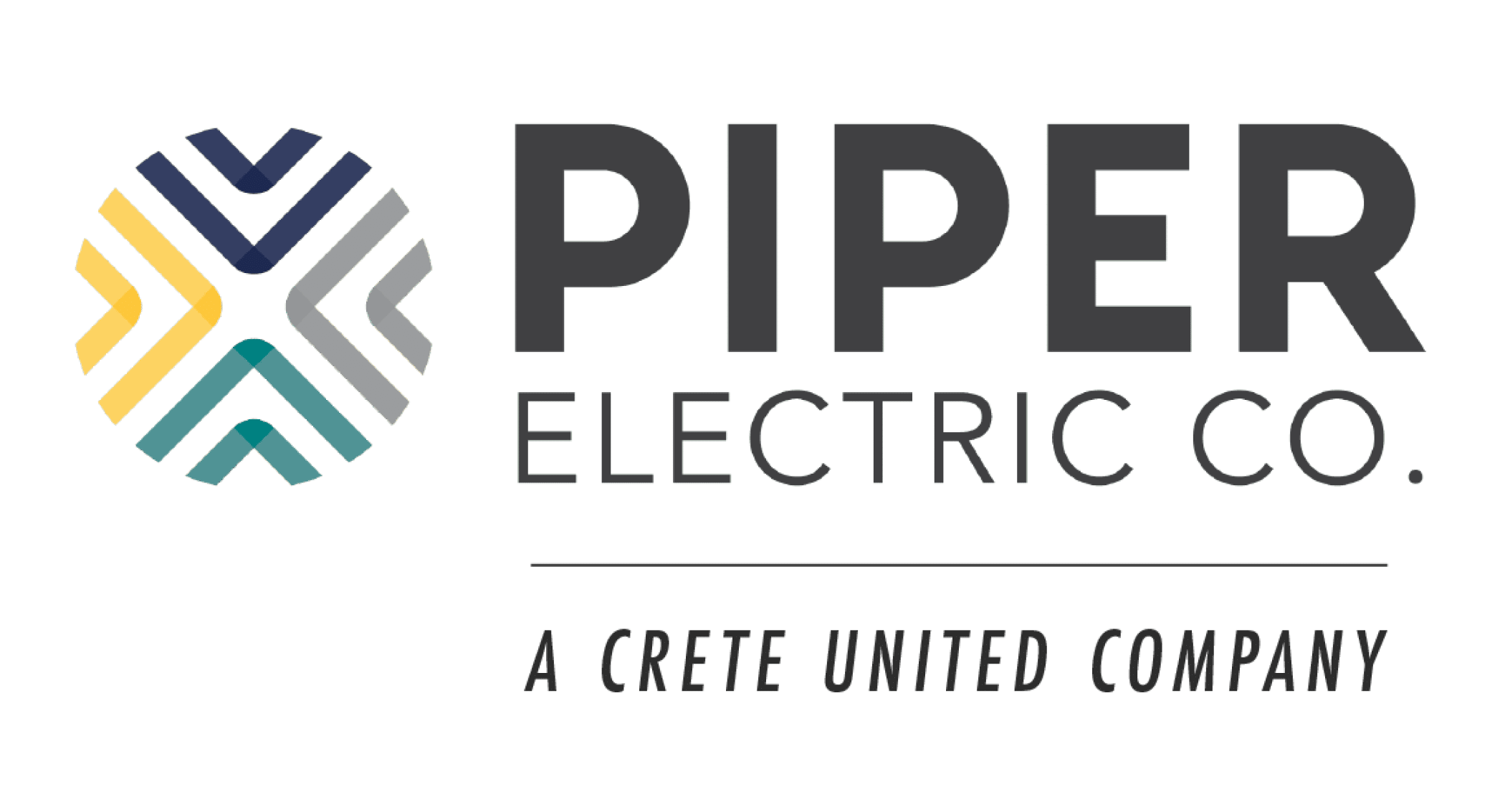
When it comes time to pay your utility bill, you may find yourself bracing for the impact of a seemingly large figure and then wondering “why am I paying so much for electricity?” Whether or not you’ve taken the time to research the most energy-efficient appliances and entertainment electronics, or unplug large electricity-consuming devices for a portion of each day, you may wish to know exactly how your electrical consumption is divided up for each home implement. Attaining an understanding of electricity consumption in your household may save you a few dollars in the long run, but it will also enable you to become a more efficient and conscientious energy consumer.
AC/Heating System Efficiency
Based on data collected from the Annual Energy Outlook, nearly a third (29%) of your energy consumption likely stems from climate control in your household. Space heating and cooling are notorious for driving up electric bills. Naturally, the larger your domain, the harder your AC/heating system will need to work to regulate the internal temperature. Additionally, the efficiency of your AC/heating system will determine just how much energy it consumes (give or take from the statistically projected figure of 29%). Central heating and air systems are more efficient in controlling household climate and may not need to spend as much time operating, unlike wall unit air conditioners and heaters. In either case, it’s always a good idea to set the AC/heating implement to automatically turn on or off at your desired temperature in order to prevent needless energy consumption.
Energy Wastage
Conversely, the same data report states that home water heating is responsible for 12% of a household’s total electrical energy consumption. This runs in the same vein as the climate control figure in that it requires a considerable amount of energy to heat up a large amount of space (or in this case, a large amount of water). In order to prevent energy wastage, as well as to preserve the lifespan of your water heater, it is recommended to adjust your water heater settings to a lower temperature. The worst-case scenario may mean you take shorter showers or have to wait fifteen minutes for the water heater to run a cycle. It’s a sacrifice worth making to bring down your electricity bill!
Small Electrical Devices and Heating Elements
The largest chunk of your electricity consumption (nearly 32%) comes from a section in the datasheet marked “Other”. Devices and implements falling under this category include small electrical devices and heating elements (hot plates, microwaves and other small kitchen appliances), exterior lights, pool, and spa heaters, and any backup electricity generators. These devices serve more accessory functions and aren’t all completely essential to a comfortable household. If you have many extra energy-consuming products or systems in use in your household, try unplugging these devices at any point that they are not being used. If you are allocating a large amount of electricity toward heating an outdoor pool then consider only heating the pool during the two coldest months of the year in your region.
